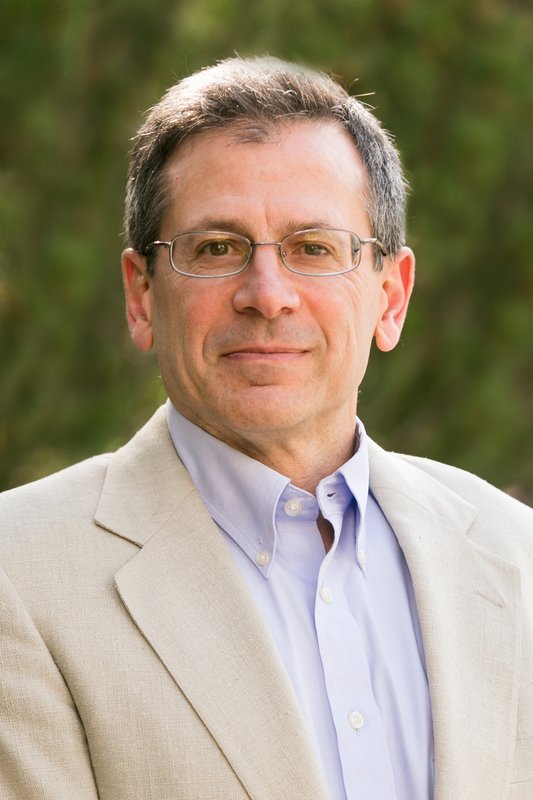Q2: What will we find in the Biomotion Lab?
We have just about every type of equipment you could imagine for assessing and analyzing human movement and joint function. We utilize video motion analysis systems that use 18 cameras to track markers we place on patients’ skin to analyze motion of their joints, their knees, their hips, their ankles. We have sensors on the floor that measure all the forces acting on the feet. We can combine the video motion with the force measurements and modeling software to estimate the level of function that has been achieved after treatment. We can measure the activity of the muscles in the legs to look at coordination and timing of muscle activity.
In addition, we have specialized equipment that lets us look at the function of joints at a level that you cannot measure from outside the skin. The problem with video is that you cannot see the bones underneath the skin. Because the skin moves relative to the bones — it has to in order to allow the joints to flex — we cannot get highly accurate measurements from video-motion analysis. One of the things we care about here is the function of individual tissues and structures within the joint — ligaments, cartilage, menisci, tendons. Those are the structures that are really most often injured and we can’t look at those from surface markers.
- Scott Tashman, Ph.D.
- Scott Tashman, Ph.D., Director, BioMedical Engineering
- Q1: What is the Biomotion Lab and when did it become a part of SPRI and The Steadman Clinic?
- Q2: What will we find in the Biomotion Lab?
- Q3: What is the BME program that you direct?
- Q4: Dr. Huard loves to use the word “collaboration” when talking about the team at SPRI and its colleagues around the globe. Do you see that being a big factor in your work in Vail and Houston?
- Q5: What is the most satisfying part of the work you perform with SPRI and The Steadman Clinic?


